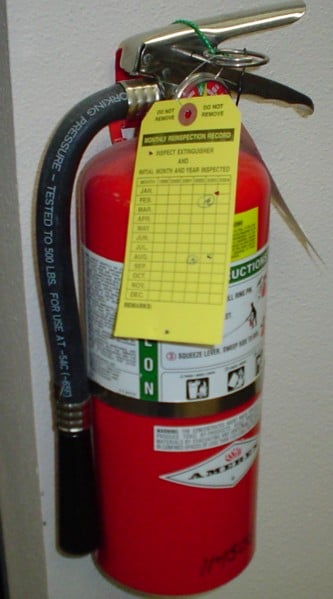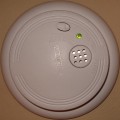Fire Safety Basics in the Office: Facts About Fire Extinguisher

Is office fire part of your worry list?
If you ask an employee what threats come to mind in the office setting you would probably get answers like online security, computer viruses, corporate secret security and the like. I’m pretty sure that fire is not part of an employee’s worry list. Chances are threats from a disgruntled customer are seen as more worrisome. It won’t be a surprise if fire is not even mentioned. However, in spite of the advancements in fire prevention equipment and systems, we should not be complacent.
Do you know how to use fire extinguishers? Also, apart from drop, stop and roll, what do you know about fire safety? Well, there are lots of essentials but let’s start with the simplest – extinguishers.
Because of the sprinkler systems in place in many buildings, people tend to be more complacent. Here are some basics that every employee must know.
What are fire extinguishers?
This is a device used to control small fires during an emergency situation. Do focus on the word “small”. Extinguishing fires while they are small is important as it can save lives and reduce damage and cost. But don’t even try to fight blazing infernos with a tank of fire extinguisher. You will simply put yourself at greater risk.
More than just learning how to use fire extinguishers, knowing when to use them is equally important.
Fun Facts
- The earliest patent for the fire extinguisher was awarded to Ambrose Godfrey in 1723
- Godfrey's design used gunpowder to propel the fire retarding solution
- The modern fire extinguisher is credited to Capt. George William Manby in 1818
- Manby's extinguisher used potassium carbonate solution dispersed using compressed air
- The first carbon dioxide gas extinguisher was created by Francois Carlier and was awarded a patent in 1866
- Aleksandr Loran invented he first chemical foam extinguisher in Russia in 1904
Types of extinguishers
Although most extinguishers found in buildings are multi-purpose, it is still important for the common Joe to know the types. You simply don’t want to use the wrong extinguisher as it can do more damage.
There are 4 categories, each having a specific type of fire retarding solution.
- Class A – Used for ordinary combustible materials like paper, wood and cardboards. It is easily identified with a green triangle on the canister.
- Class B – Used for combustible liquids like gasoline and oils. Look out for a red square on the body of the canister.
- Class C – Used for electrical equipment like appliances, wires, outlets and breakers. A blue circle marks an extinguisher of this type.
- Class D – Used for combustible metals like magnesium, titanium and sodium. A yellow decagon is used for this category.
It is therefore imperative to check the class of extinguisher you are using. Some come in multiple classes making them more versatile. The ABC type is commonly used in homes and business establishments as they provide needed protection for the most common fires.
I'm just curious...
Does your company train you on how to use fire extinguishers?
How to use fire extinguishers
Asides from knowing where your fire protection equipment is located, it is essential that you know how to use them. Moreover, it is imperative that you read the instructions for its proper use. Likewise, training every employee on how to use the equipment is necessary.
Remember PASS:
P – Pull the safety pin
A – Aim the nozzle at the base of the fire
S – Squeeze the lever to release the fire retarding agent
S – Sweep the nozzle side to side to cover more area
Fire safety should be part of office safety training. Moreover, it must be beyond making a queue and walking going out of the office during fire drills. In fact, teaching employees how to use fire extinguishers and other essential fire safety skills must be part of employee training.
Even though fire services is just one phone call away and fire safety systems are often in place, employees need to have basic fire safety skills. Creating a culture of safety is not done overnight. It requires continuous efforts to educate and inform every person in the company. A culture of safety is more than just company policy; it’s a collection of right employee attitudes and habits.








